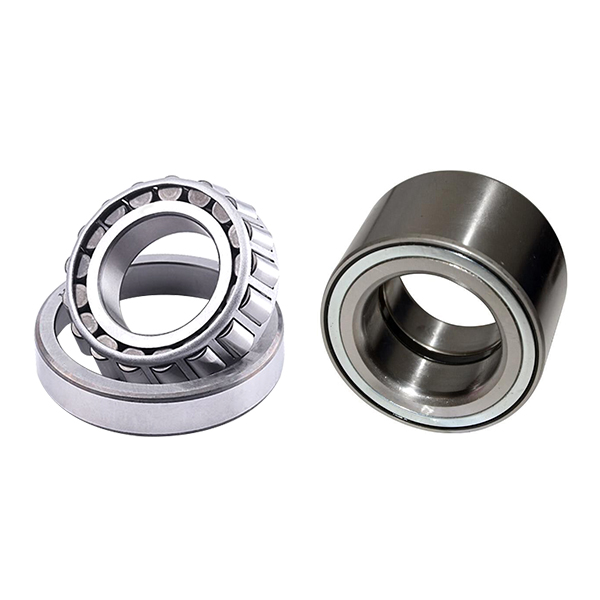

When the brown rust (spot) appeared on the surface of t […]
When the brown rust (spot) appeared on the surface of the stainless steel pipe, people were surprised: "Stainless steel does not rust, and rust is not stainless steel. It may be that there is a problem with the steel." In fact, this is a one-sided misconception about the lack of understanding of stainless steel. Stainless steel can also rust under certain conditions.
Stainless steel has the ability to resist atmospheric oxidation, that is, non-rust, and it also has the ability to corrode in media containing acid, alkali and salt, that is, corrosion resistance. However, the size of its corrosion resistance varies with the chemical composition of the steel itself, the state of mutual addition, the use conditions and the type of environmental media. For example, 304 steel pipe has excellent anti-corrosion ability in a dry and clean atmosphere, but when it is moved to a coastal area, it will quickly rust in sea fog containing a lot of salt; while 316 steel pipe has performance good. Therefore, it is not any kind of stainless steel, which is corrosion-resistant and does not rust in any environment.
Stainless steel relies on a very thin, strong, dense and stable chromium-rich oxide film (protective film) formed on its surface to prevent oxygen atoms from continuing to penetrate and continue to oxidize, thereby obtaining the ability to resist corrosion. Once this film is continuously destroyed for some reason, oxygen atoms in the air or liquid will continuously infiltrate or iron atoms in the metal will continuously separate out, forming loose iron oxide, and the metal surface will continue to be rusted. There are many forms of damage to this surface film, and the following are more common in daily life:
1. The surface of stainless steel has accumulated dust containing other metal elements or attachments of foreign metal particles. In moist air, the condensation between the attachment and stainless steel connects the two into a micro battery, which initiates an electrochemical reaction , The protective film is damaged, which is called electrochemical corrosion.
2. The surface of stainless steel adheres to the organic juice (such as melon, vegetable, noodle soup, sputum, etc.), which forms organic acid in the presence of water and oxygen, and the organic acid will corrode the metal surface for a long time.
3. The surface of stainless steel adheres to containing acid, alkali and salt substances (such as alkali water and lime water splashing on the decoration wall), causing local corrosion.
4. In polluted air (such as the atmosphere containing a large amount of sulfide, carbon oxide, and nitrogen oxide), it will form sulfuric acid, nitric acid, and acetic acid liquid spots when encountering condensed water, causing chemical corrosion.
